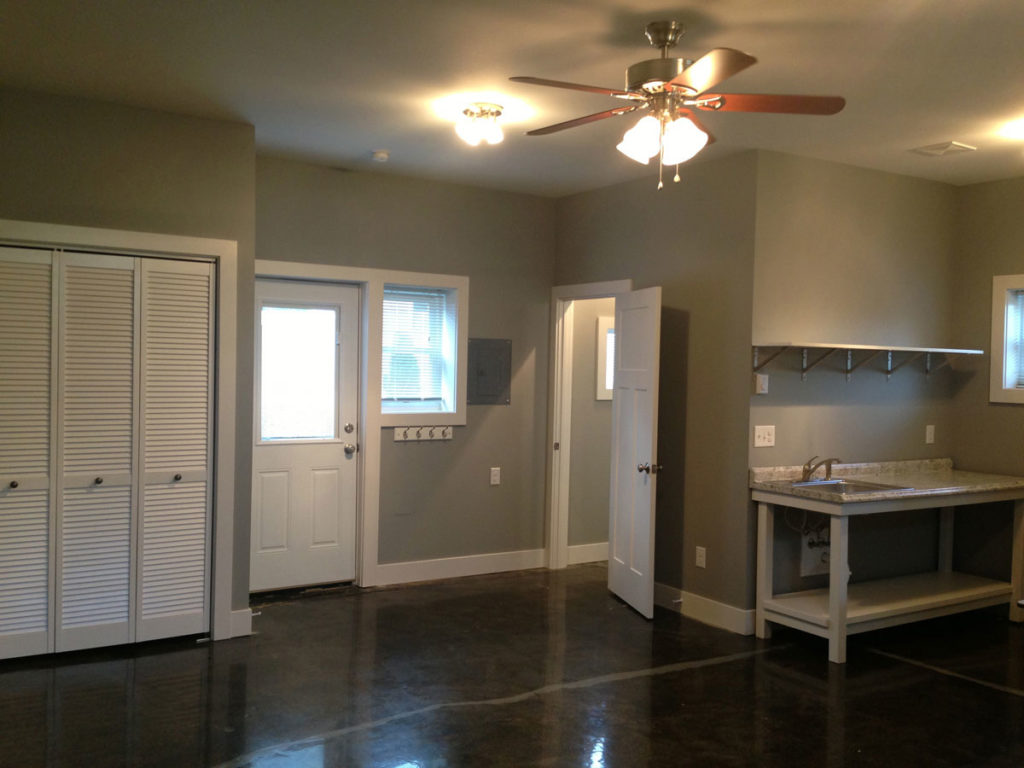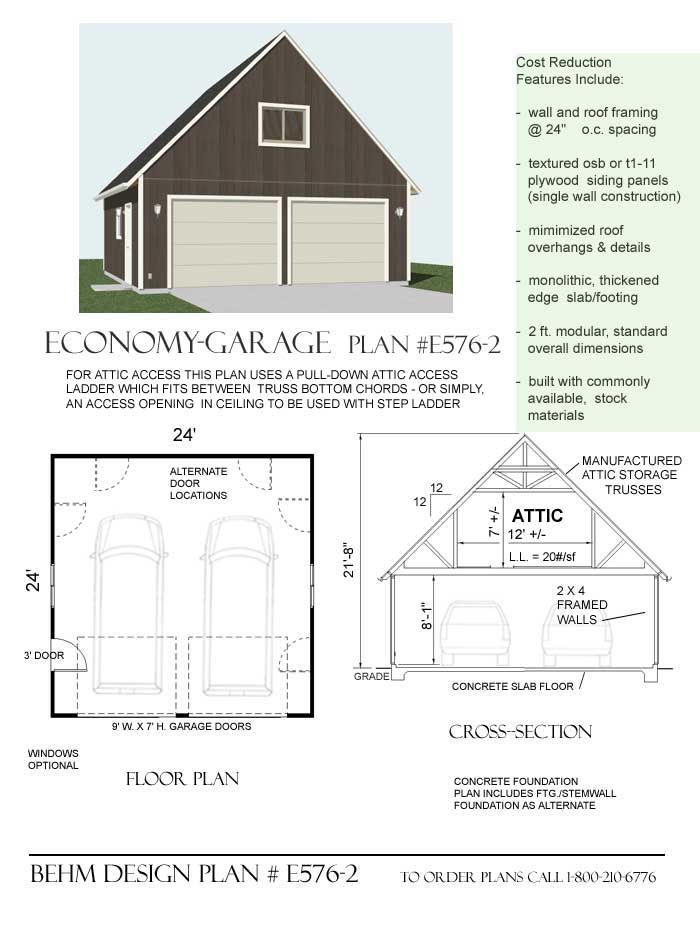
There are many design options for one-story houses without garages. They can also be great options for builders who want to take advantage of a large lot without having to spend money on a full garage.
Single-story homes without garages are an attractive option for young families and retirees as well as those looking to move up. These house plans are well-suited to sloping lots and feature heated living space above grade (some with basements).
Ranch homes are an American tradition. 1 story ranch homes have been gaining popularity as a modern design within the traditional architectural style. These homes are ideal for downsizing Baby Boomers and first-time buyers.

Barndominiums provide a unique alternative to one-story home plans. They offer flexibility in the layout of their floor plans. These open-concept structures are perfect for larger families, hobbyists, or anyone who enjoys spending time outside. They are also ideal for guests who want to entertain.
Beach houses are another popular choice for one story home plans that emphasize outdoor living, and they're especially appealing to those who enjoy vacationing on the beach. These houses have wrap-around porches that allow for easy access to the outdoors, whether it's on sunny days or cool nights.
If you want a home that has a distinctive look, you might consider a sundeck instead of a traditional balcony. Sun decks are a more uncommon variation of the standard balcony or deck and can be a great addition.
The house plan below is an example of a unique one-story home that has an elevated foundation, which gives the property a beautiful view and helps keep the roof from becoming damaged by rain. This type foundation is perfect for homes built on steep lots. It can either be constructed with concrete pilings and wood pilings.

This ranch-style ranch house plan measures 2500 sq. ft. and was designed by Design Basics. It has many classic ranch features that offer a timeless, cozy design. The spacious floor plan features a large display of windows that brings the outside in. The great room serves as the central point of the home. It opens onto the kitchen and the dining area. The master bedroom is separate from the two other bedrooms.
This home is a wonderful example of how you can use one story house plans with no garage to create your dream backyard retreat. With a covered patio, outdoor kitchen, and large covered porch, this home is ready to entertain.
Check with your local zoning laws before you choose a floorplan for your single-story house without a garage. Certain zoning restrictions may prohibit certain features. You can avoid costly fines or expensive bills by following these rules.
FAQ
What are the biggest expenses in remodeling a kitchen?
Planning a kitchen renovation can be costly. These include demolition, design fees, permits, materials, contractors, etc. They seem quite small when we consider each of these costs separately. They quickly grow when added together.
Demolition is the most costly cost. This includes removing the old cabinets, appliances, countertops, flooring, etc. The drywall and insulation must then be removed. You must then replace these items with new ones.
The next step is to hire an architect to design the space. Next, you must pay for permits to ensure the project meets building codes. You will then need to find someone to perform the actual construction.
Finally, once the job is done, you have to pay the contractor to finish the job. All told, you could spend anywhere between $20,000 and $50,000 depending on how big the job is. You should get estimates from multiple contractors before you hire one.
Planning can help you avoid many of these expenses. You might be able negotiate better materials prices or skip some work. Knowing what is required will allow you to save both time and money.
Many people attempt to install cabinets themselves. They believe this will save money, as they won’t have to hire professional installers. Problem is, they often spend more time trying to place the cabinets themselves. A professional will usually finish a job in half as much time as you would.
You can save money by buying unfinished materials. Pre-finished materials such as cabinets should be inspected before you purchase them. You can use unfinished materials immediately if you buy them. Even if it doesn't go according to plan, you can always change your mind later.
Sometimes, it's just not worth the effort. You can save money by planning your home improvement project.
Is it cheaper to remodel a bathroom or kitchen?
Remodeling a kitchen or bathroom is a costly undertaking. It might be more cost-effective to upgrade your home than you think, given how much you spend each month on energy bills.
An inexpensive upgrade can save you thousands of dollars every year. A few easy changes like adding insulation to ceilings or walls can reduce heating/cooling costs by as much as 30%. Even a minor addition can increase comfort levels and increase the resale value.
The most important thing to keep in mind when planning for renovations is to choose products that are durable and easy to maintain. Materials like porcelain tile, solid wood flooring, and stainless-steel appliances will last longer and need fewer repairs than vinyl countertops.
It is possible to reduce utility costs by replacing older fixtures with more modern models. Low-flow faucets and showerheads can reduce water consumption by as much as 50%. Compact fluorescent bulbs can be replaced with inefficient lighting to reduce electricity consumption by as much as 75 percent.
How long does it usually take to remodel your bathroom?
A bathroom remodel typically takes around two weeks. However, it all depends on how big the project is. Smaller jobs, such as adding a shower stall or installing a vanity, can be completed in a day or two. Larger jobs like removing walls or installing tile floors and plumbing fixtures can take several hours.
As a general rule, you should allow at least three days for each bedroom. If you have four bathrooms, then you'd need 12 days.
How can I tell if my home needs to be renovated or remodelled?
First, consider whether your home has been updated in recent times. It may be time for a renovation if your home hasn't been updated in a while. A remodel may be a better option if your house looks like new.
You should also check the condition of your home. It's possible to renovate your home if there are holes in the walls, peeling wallpaper or damaged tiles. A remodel is not necessary if your home appears to be in great condition.
You should also consider the overall condition of your house. Does it have a sound structure? Do the rooms look nice? Are the floors in good condition? These are vital questions to ask when you decide which type of renovation should be done.
What would it cost for a home to be gutted versus what it would cost to build one?
A home gutting involves the removal of all interior items, including walls, floors ceilings, plumbing and electrical wiring, fixtures, appliances, and fixtures. It is often done when you are moving to a new location and wish to make some improvements before you move in. Because of the many items involved in gutting a house, it is usually very costly. Depending on what job you do, the average cost for gutting a house is $10,000 to $20,000
The process of building a home involves the construction of a house from one frame to another. Next, the builder adds walls, flooring and roofing. This is done usually after purchasing lots. Building a home usually costs less than gutting and can cost between $15,000 and $30,000.
It comes down to your needs and what you are looking to do with the space. If you are looking to renovate a home, it will likely cost you more as you will be starting from scratch. However, if you want to build a home, you won't have to worry about ripping everything apart and redoing everything. You can build it the way you want it instead of waiting for someone else to come in and tear everything up.
How much does it cost for a shower to be tiled?
If you want to do it yourself, go big. A full bathroom remodels an investment. When you consider the long-term benefit of having a beautiful space for many years, it is a smart decision to invest in quality fixtures and materials.
The right tiles will make a big difference in the way your room feels and looks. This quick guide will help with your selection of the best tiles, no matter if you're looking for small or big projects.
First, you need to choose which flooring material you want. Common choices include ceramics and porcelain as well as stone and natural wooden. The next step is to choose a style. Select a color palette.
You'll probably want to match the tile to the rest of the room for a large bathroom remodeling job. For example, you may opt for white subway tile in the kitchen and bath area while choosing darker colors in other rooms.
Next, calculate the project's size. Is it time for a small update to the powder room? Or would you prefer to add an extra bedroom in your master suite with a walkin-in closet?
Once you've determined the project's scope, visit local stores and check out samples. This allows you to get a feel and idea for the product as well as its installation.
Shop online for amazing deals on ceramic and porcelain tiles Many retailers offer free shipping and discounts on bulk purchases.
Statistics
- Following the effects of COVID-19, homeowners spent 48% less on their renovation costs than before the pandemic 1 2 (rocketmortgage.com)
- Attic or basement 10 – 15% (rocketmortgage.com)
- 55%Universal average cost: $38,813Additional home value: $22,475Return on investment: 58%Mid-range average cost: $24,424Additional home value: $14,671Return on investment: (rocketmortgage.com)
- 57%Low-end average cost: $26,214Additional home value: $18,927Return on investment: (rocketmortgage.com)
- bathroom5%Siding3 – 5%Windows3 – 4%Patio or backyard2 – (rocketmortgage.com)
External Links
How To
Does home renovation need a building permit?
Do it right if you are going to renovate your home. All construction projects that involve exterior wall changes are subject to building permits. This includes remodeling your kitchen, adding an extension, and replacing windows.
If you decide to renovate your home, but without a permit from the building department, there may be severe consequences. If you are responsible for injuries sustained during the renovations, you could face penalties or even legal action.
Most states require all people working on residential structures to have a building permit. Many counties and cities also require homeowners that they apply for a permit before starting any construction project.
Local government agencies, such as city hall, county courthouse, or town hall, typically issue building permits. They can be obtained online, or by phone.
A building permit is a must to ensure that your project meets local safety standards, fire codes and structural integrity regulations.
For instance, a building inspector will ensure that the structure meets current building code requirements, including proper ventilation, fire suppression systems, electrical wiring, plumbing, heating, air conditioning, and more.
Inspectors will also inspect the deck to make sure the planks that were used for construction are strong enough to withstand any weight. Inspectors will also look for signs of water damage, cracks, and other problems that could compromise the structure's overall stability.
Contractors can start the renovations only after the building permit approval has been received. However, if the contractor fails to obtain the necessary permits, he or she could be fined or even arrested.